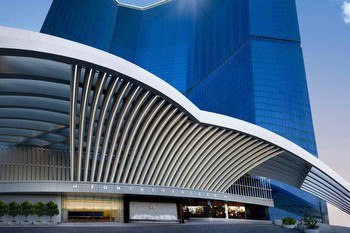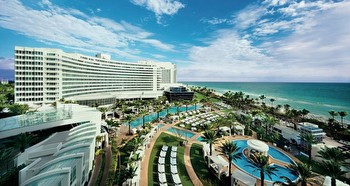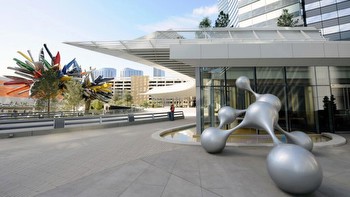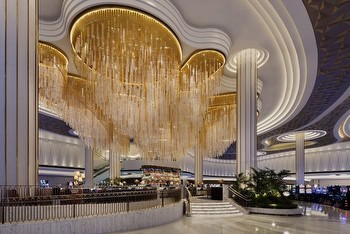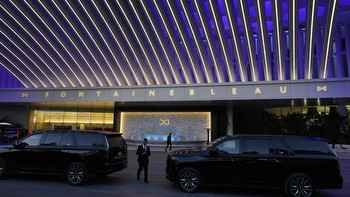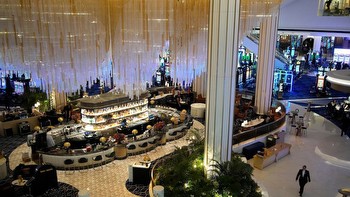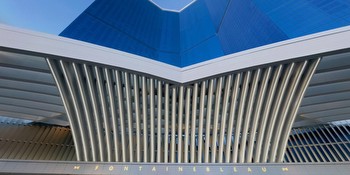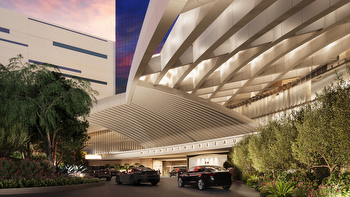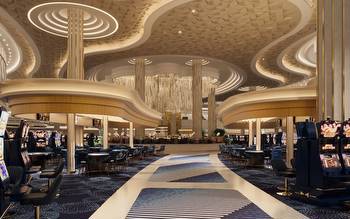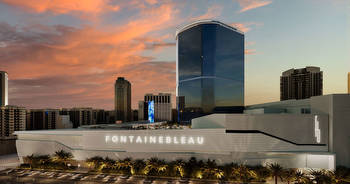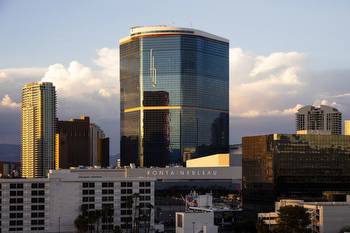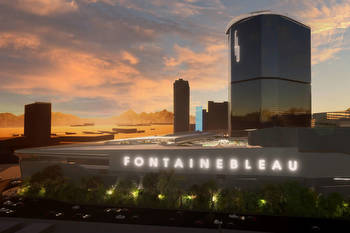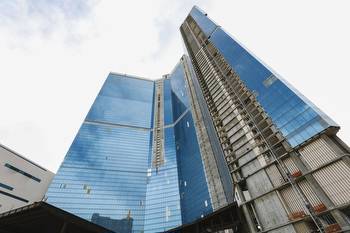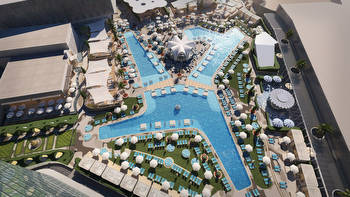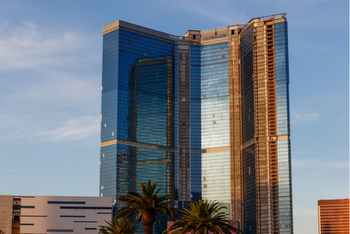Fontainebleau Las Vegas to Include 90,000-Square-Foot Shopping District

Luxury destination developer Fontainebleau Development has revealed plans for a shopping district within the Fontainebleau Las Vegas that will include 35 high-end retailers across two levels within a 90,000-square-foot retail concept. The property, slated to open in winter 2023, also will feature a casino, dining experiences and additional attractions across 173,000 square feet of space.
In development since 2005, Fontainebleau Las Vegas is inspired by the brand’s Miami property, which was designed by famed architect Morris Lapidus. Lapidus, who also created Miami’s famous Lincoln Road retail and hospitality destination, was known for extravagant designs that defined the flashy style of the region during the 1950s and 1960s, which Fontainebleau Development now brings to Sin City.
“The rich mid-century and neo-baroque-inspired architecture formed a unique and proprietary design language for our brand,” said Brett Mufson, Fontainebleau Development President in an interview with Retail TouchPoints. “In this extraordinary property live some of the most legendary architectural features of Morris Lapidus, including the spectacular lobby columns and coffers, our landmark bowtie marble floor pattern and organic arched cathedral-like cheese wall. These and all our other unique architecture materials, shapes and forms have fueled the next generation of Fontainebleau design vocabulary. In echoing and evolving our brand heritage and environment, we are creating an architectural masterpiece along the strip based on authentic and highly elevated design culture.”
Building upon Lapidus’ vision is design and branding expert Peter Arnell, who is leading the artistic direction of the Fontainebleau Las Vegas to align the brand with the city’s luxury consumer. Fontainebleau Development Group partnered with New York’s Rockwell Group and London’s David Collins Studio to design experiences that harmonize with the Fontainebleau’s unique style while modernizing its aesthetic.
At the fully integrated smart hotel, guests will encounter digital experiences in a property that integrates shopping, gambling, dining and entertainment.
“All features of the resort have been thoughtfully considered to create an immersive journey for our guests,” said Mufson. “The main distinction is the energy in the space created by integrating different programmatic elements. For example, the architecture plan was created in a way that allows guests and retailers to have a much more intimate relationship. By mixing the stores within the resort’s ecosystem, as opposed to a separate area, we are creating a seamless experience for guests in which they can easily go back and forth between shopping, gaming, and dining while remaining part of the action.”








